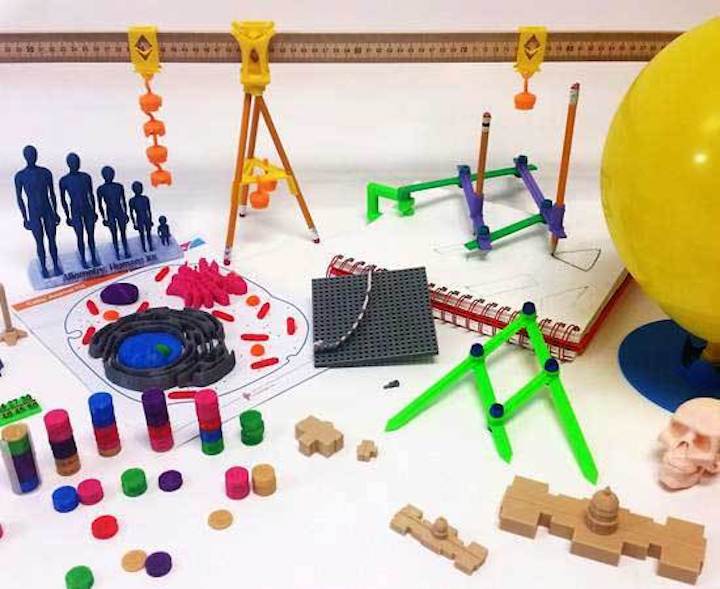
Robo has acquired a significant amount of 3D content to aid their venture into the education market.
The company launched as a startup several years ago with the goal of building a machine for hobbyists that didn’t exist – and they did, at a price point that proved very attractive.
But they launched during the heyday of the consumer 3D printing craze in 2013-4, and, like every other desktop 3D printer of that time, had to shift gears to survive when the eagerly anticipated consumer growth curve simply didn’t materialize.
Robo executed a strategy to change their products and markets successfully. From their beginnings they became a publicly-traded company through a rather unusual reverse takeover of an Australian operation, and gradually improved their equipment by incorporating a number of useful features.
They’ve chosen education as their target market, which is indeed a good idea. While other desktop 3D printer companies have chosen to focus on engineering applications, the education market is still underserved by 3D printing technology. And there are plenty of schools worldwide that would benefit from learning 3D design and 3D printing.
Years ago during the consumer period, desktop 3D printer companies would boost their fortunes by associating with a repository of 3D models. This helped overcome the “I don’t know how to design in 3D” problem, and ensured wary consumers would proceed to buy equipment anyway.
The notion of having a repository these days is far less important because most 3D printer manufacturers now focus on an industry rather than consumers. So how is a 3D printer manufacturer to get ahead?
In the case of Robo, they acquired content to enhance their educational offering. They have made a deal with MyStemKits, a producer of high quality 3D printing projects specifically for educators. We’ve written about them in the past several times, and I believe it is very good news to link them with a manufacturer.
It’s hard for a 3D content supplier to survive on their own, but much easier when working with an equipment manufacturer, who can instantly deliver new customers each time a unit is sold.
And for the Robo educational clients, this is also very good news because they now will have access to quality content that can more easily be used to introduce students to concepts of design and making.
Finally, I think these educational moves are good for the 3D printing industry as a whole. As students move through the educational system they are now much more exposed to 3D design and printing concepts than ever before.
This is important because one of the barriers to 3D printing traditionally has been a lack of interest – or even understanding – by manufacturing companies. As these students become employees and eventually managers in these companies, it will be far easier to promote adoption of 3D printing tech.
Via Robo

